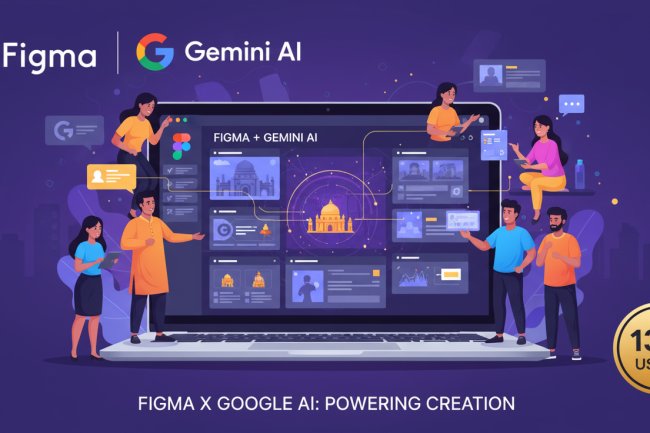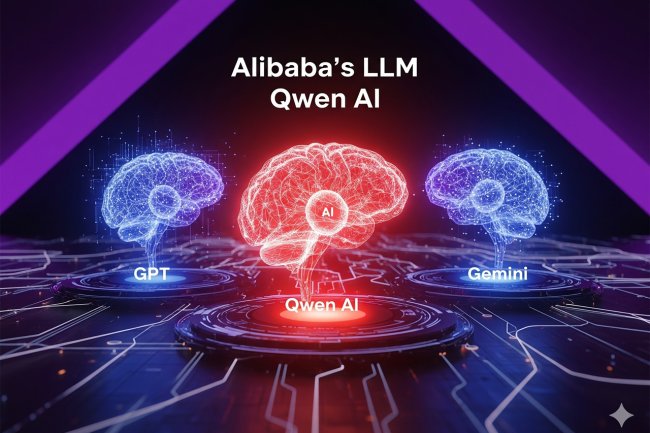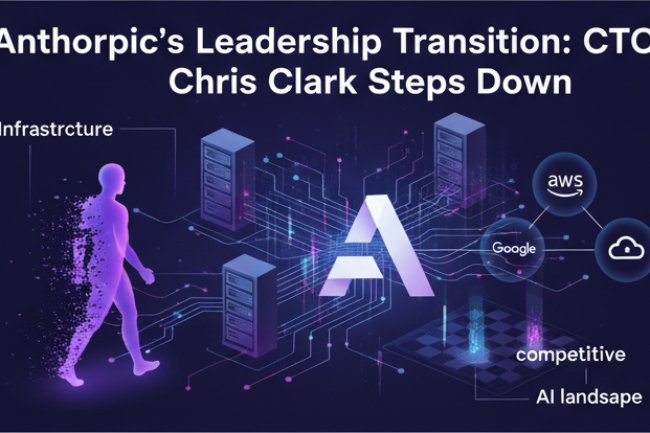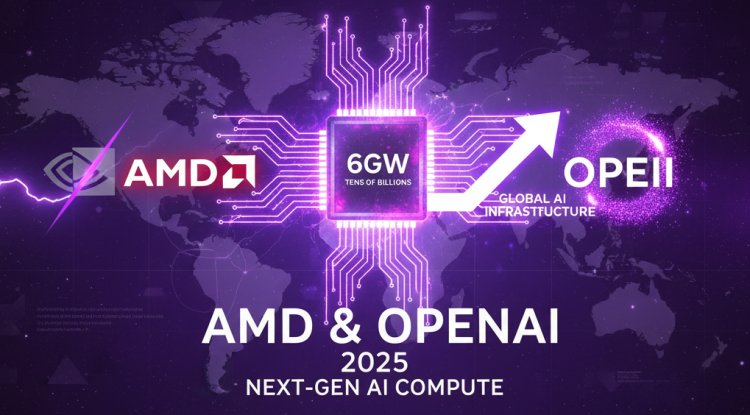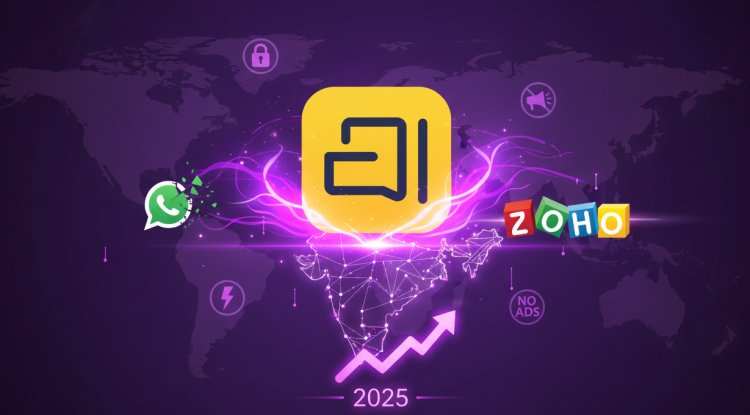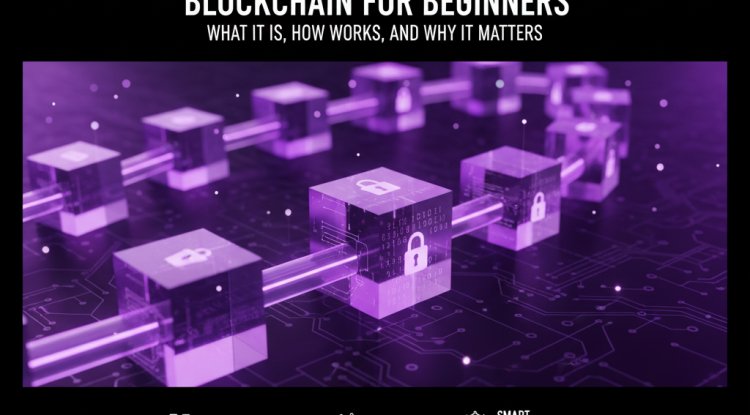Anthropic Rolls Out Claude Haiku 4.5: Faster, Cheaper AI for Next-Gen Agents
Anthropic has launched Claude Haiku 4.5, the lightest member of its Claude 4 family, promising Sonnet 4-level power at just one-third the cost and over twice the speed. Haiku 4.5 matches Sonnet 4, GPT-5, and Gemini 2.5 on critical industry benchmarks and becomes the default for all free Anthropic plans. The release signals a new agentic era, where scalable sub-agents handle tasks in production, transforming the economics of generative AI.
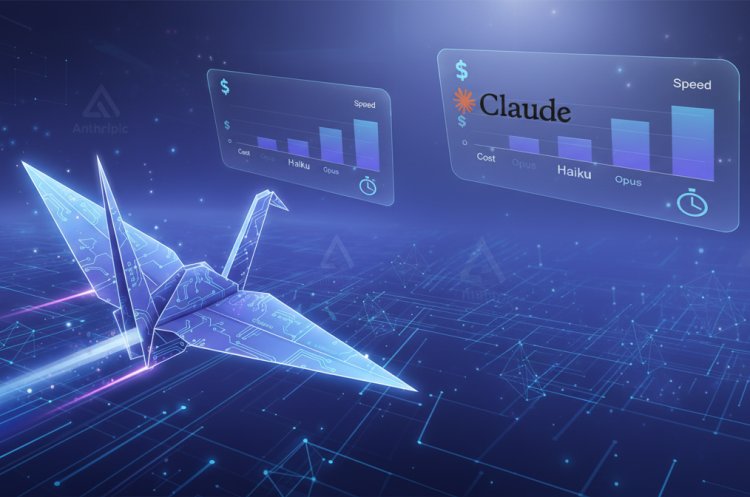
Anthropic Launches Claude Haiku 4.5: One-Third the Cost, Double the Speed
- Smart, scalable AI: On October 15, 2025, Anthropic unveiled Claude Haiku 4.5, the latest iteration of its smallest large language model (LLM). Haiku 4.5 achieves performance similar to Sonnet 4, but at just one-third the operational cost and more than twice the speed, making it ideal for latency-sensitive applications and enterprise-scale AI agent deployments.
- Official benchmarks: Company-reported scores include 73% on SWE-Bench Verified (software engineering) and 41% on Terminal-Bench (command-line tool use)—putting Haiku 4.5 on par with Sonnet 4, GPT-5, and Gemini 2.5 while coming in just below Sonnet 4.5 and Opus on more complex benchmarks.
- Agentic workflows: By making lightweight AI affordable, Anthropic enables production environments where multiple Haiku agents run in parallel as sub-agents. These agents execute code, handle repetitive tasks, or process data while more powerful models like Sonnet handle higher-order planning and orchestration.
- Cost and accessibility: Claude Haiku 4.5 powers all free Anthropic accounts starting now, providing the public with fast, capable AI while minimizing infrastructure loads for developers and startups.
Claude Haiku 4.5: Key Specs, Benchmark Results, and Capabilities
| Model | SWE-Bench Verified | Terminal-Bench | Latency | Relative Cost |
|---|---|---|---|---|
| Haiku 4.5 | 73% | 41% | 2x faster than Sonnet 4 | ~1/3rd of Sonnet 4 |
| Sonnet 4 | 74% | 41% | Reference | Reference |
| Sonnet 4.5 | 77% | 43% | — | — |
| Opus 4.1 | 80% | 48% | — | Highest |
| GPT-5 (est.) | 72% | 40% | — | — |
| Gemini 2.5 (est.) | 73% | 39% | — | — |
Haiku 4.5 matches rivals on critical benchmarks (software engineering, command-line tasks, visual reasoning, and tool use) and is built for high concurrency and distributed workloads.
Why Haiku 4.5 Matters: New Agentic and Production Use Cases
- Software development innovation: Expect Haiku 4.5 to see heavy use in low-latency tools like Claude Code, GitHub Copilot, and developer IDEs, where response time and task distribution are crucial.
- Agent toolbox architecture: Anthropic’s “toolbox” model envisions different Claude models as specialist agents: Sonnet for orchestration, Haiku for fast execution, and Opus for complex reasoning—unlocking new automation strategies.
- Cost/performance revolution: Product leaders and devops teams can now control costs more tightly, running parallel Haiku agents instead of single, expensive models for bulk or split tasks.
“It's opening up entirely new categories of what's possible with AI in production environments – with Sonnet handling complex planning while Haiku-powered sub-agents execute at speed. We're giving people a complete agent toolbox.” —Mike Krieger, CPO, Anthropic
Haiku 4.5: Release Context and Developer Reactions
- Released just two weeks after Sonnet 4.5 and two months after Opus 4.1, completing the Claude 4.5 family lineup for enterprise and open developer workflows.
- Developer voices (e.g., Zencoder CEO Andrew Filev) anticipate Haiku will “unlock an entirely new set of use cases” in production AI.
- Haiku 4.5 will automatically power free iterations of Claude products and partner integrations for faster, cheaper access to quality AI.
FAQ – Anthropic Claude Haiku 4.5
FAQs – Claude Haiku 4.5 Launch
Internal links: AI Models News, Agent Automation Features, AI Benchmarks Explained
Sources & Further Reading
Sources: TechCrunch, Anthropic blog, company benchmarks, public developer statements
Sneak peek: Haiku 4.5 is set to redefine what’s possible in fast, scalable generative AI—watch out for updates as new agentic workflows reach enterprise production this year!
What's Your Reaction?







